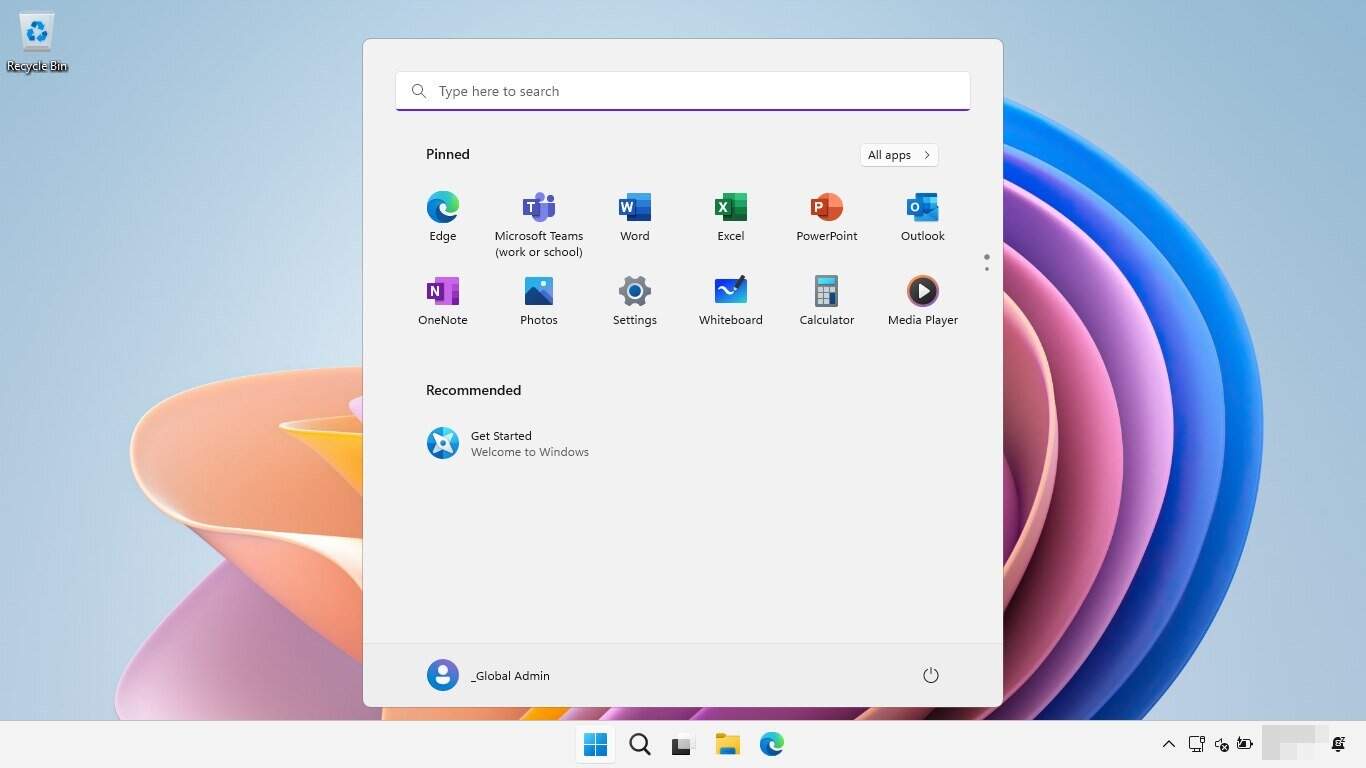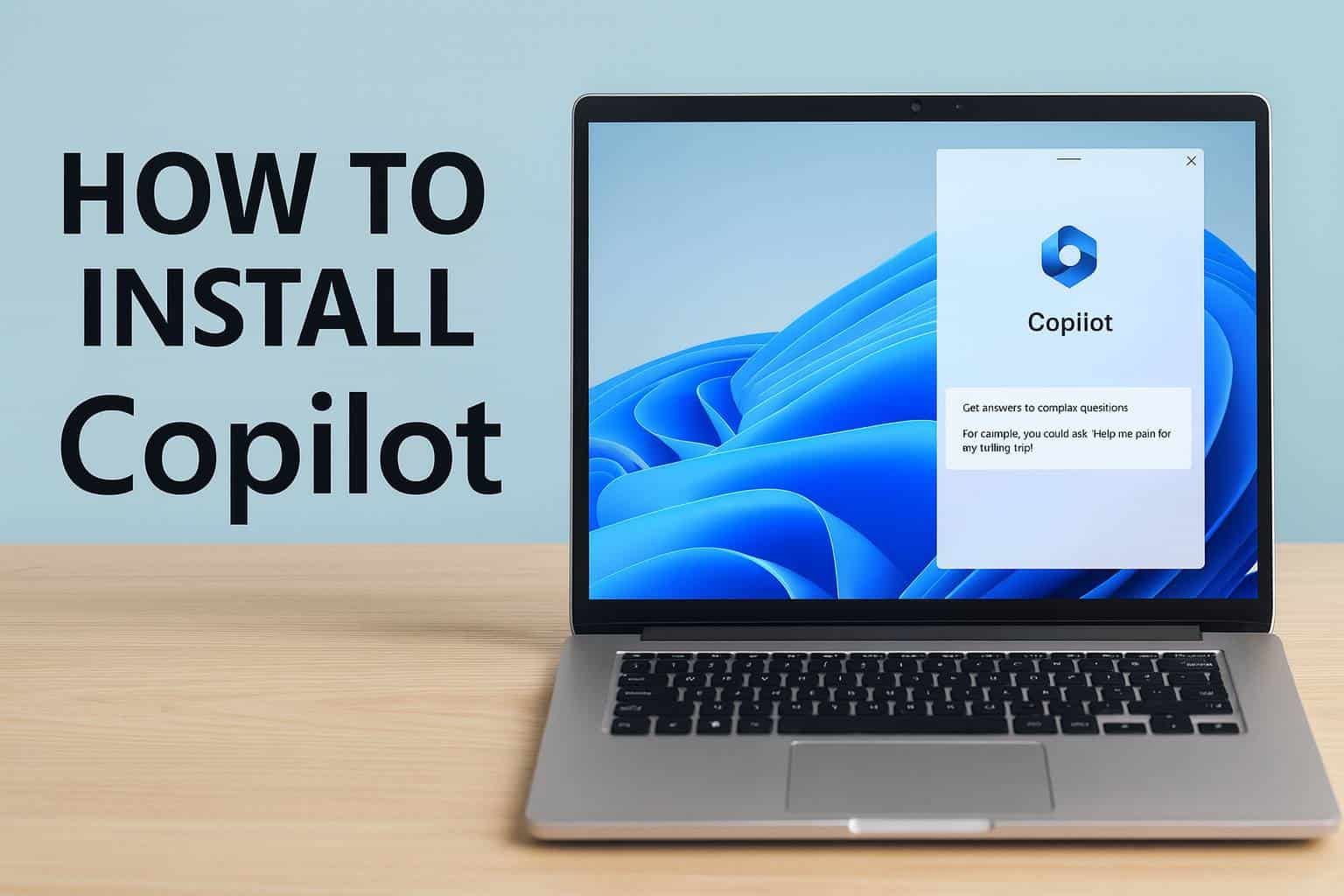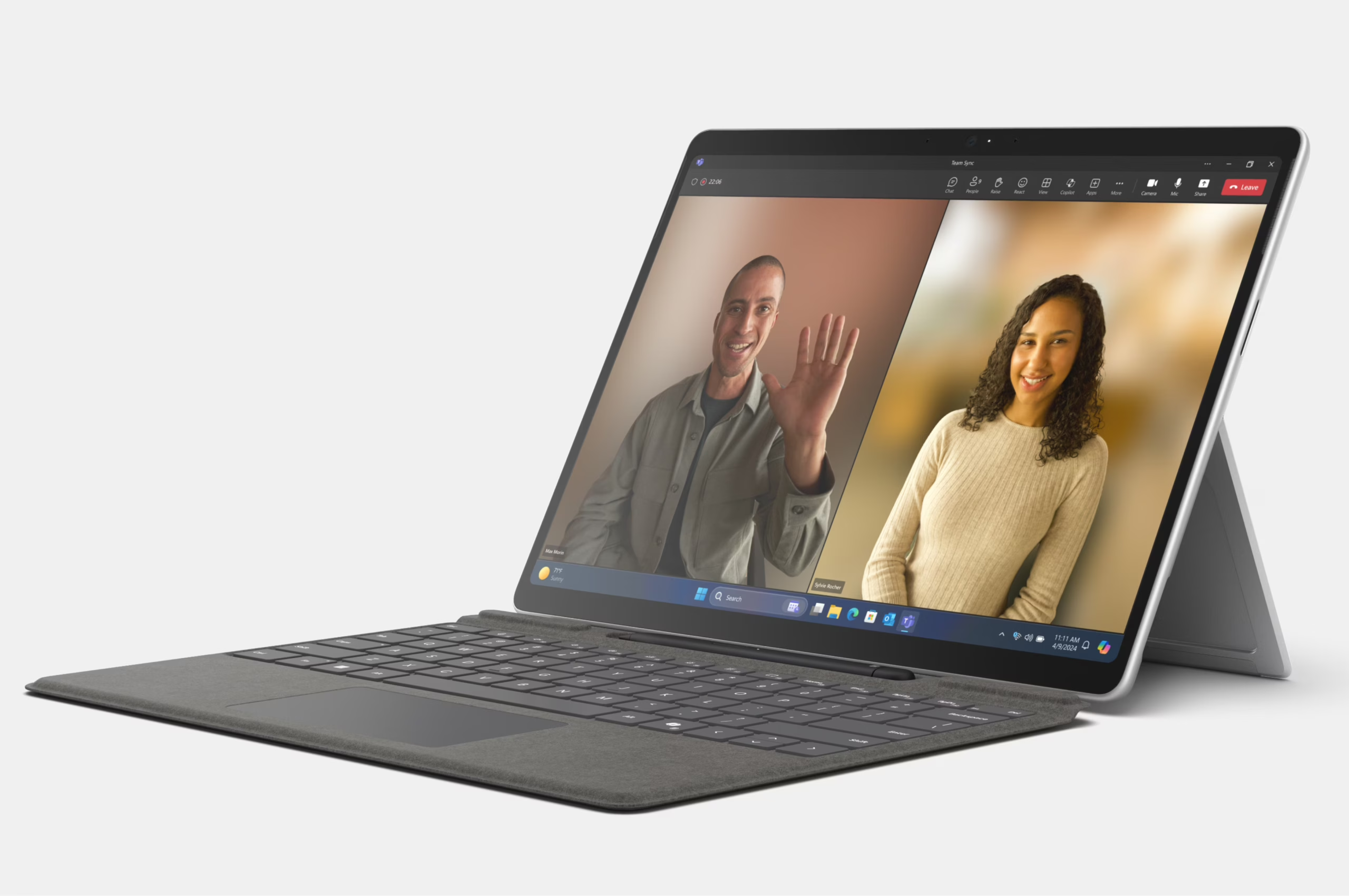How to Create Settings Shortcuts on Windows 11 [For All Pages]
Access Settings through the desktop icon or shortcut key
Key notes
- You can create a shortcut for almost all Settings pages in Windows 11.
- It's easy to create one for the desktop or the context menu.
- Read this guide to find out the steps for each Settings page.

If you rely on the Settings app for even the most trivial of actions or to change the Windows configuration, why not create a Settings shortcut in Windows 11? It doesn’t take more than a minute when using our guide.
The Settings app has changed tremendously over the years, with the functionalities and options being moved around. Even some features that could earlier be accessed via both the Control Panel and Settings are now exclusive to the latter, making shortcut creation all the more important.
Benefits of creating a Settings shortcut
- Helps save a lot of time, especially when accessing pages located deep within the app.
- Ability to create shortcuts for individual pages.
- Set up a keyboard shortcut to open the dedicated settings.
How do I create a desktop shortcut for Settings in Windows 11?
- Open Microsoft’s official document to view the URIs (Unique Resource Identifiers) for individual Settings pages. Here are a few you would commonly need:
- Home: ms-settings:
- Family & other people: ms-settings:otherusers
- Sign-in options: ms-settings:signinoptions
- Windows Hello setup: ms-settings:signinoptions-launchfaceenrollment
- Default apps: ms-settings:defaultapps
- Manage optional features: ms-settings:optionalfeatures
- Bluetooth: ms-settings:bluetooth
- Touchpad: ms-settings:devices-touchpad
- Display: ms-settings:easeofaccess-display
- Network & Internet: ms-settings:network-status
- Wi-Fi: ms-settings:network-wifi
- Ethernet: ms-settings:network-ethernet
- Background: ms-settings:personalization-background
- Date & time: ms-settings:dateandtime
- Windows Update: ms-settings:windowsupdate
- Windows Security: ms-settings:windowsdefender
- Now, right-click on the desktop, hover the cursor over New, and select Shortcut from the flyout menu.
- Paste the path for the Settings page you want the shortcut to redirect to, and click Next. For instance, to create a Settings homepage shortcut, use ms-settings:. Or, to create a Windows Update shortcut, type ms-settings:windowsupdate.
- Enter a name for the shortcut, and click Finish to create an Internet Shortcut file.
- When you double-click the Settings app icon on the desktop in Windows 11, it will automatically open the linked page.
How can I create a keyboard shortcut for Settings in Windows 11?
- Right-click the shortcut you created and then select Properties from the context menu.
- Head to the Web Document tab, click the Shortcut key field, press the key you want to add as a shortcut (Windows will automatically add Ctrl + Alt), and then click Apply and OK to save the changes.
To create a Settings shortcut key in Windows 11, first create a desktop shortcut, then add a hotkey for it. And remember, you don’t need to manually add Ctrl + Alt. Windows does it automatically. For instance, to set Ctrl + Alt + K as the dedicated shortcut, simply press the K key.
Or you could always use a reliable shortcut software for Windows 11.
How do I create a context menu shortcut for Settings in Windows 11?
- Press Windows + R to open Run, type regedit in the text field, and hit Enter.
- Click Yes in the UAC prompt.
- Go to the following path using the navigation pane or paste in the address bar and hit Enter:
HKEY_CLASSES_ROOT\Directory\Background\shell - Right-click the Shell key, hover the cursor over New, select Key, and name it depending on the page you want to add to the context menu. For instance, we used Windows Update.
- Again, right-click on the entry you just created, select New, then choose Key, and name it command.
- Select the command key, and double-click the Default string in the right pane.
- Paste the following path in the Value data field, where URI should be replaced with the one for the Settings page you want to open, and then click OK to save the changes:
C:\Windows\explorer.exe URI - Restart the computer, and the shortcut to open Windows Settings will be available.
- Now, right-click the desktop, choose Show more options, and you will find the context menu shortcut for Settings.
How do I access specific Settings pages with keyboard or address bar in Windows 11?
You need the Unique Resource Identifier to access specific settings pages with the keyboard or the File Explorer’s address bar.
For the latter > press Windows + E to open File Explorer > paste the URI in the address bar > hit Enter.
The dedicated Settings will open up immediately. And if it’s an incorrect URI, one that doesn’t redirect to any page, it will open the Home tab of Settings.
Besides, since the Windows 11 Settings app is integrated so well, individual pages can also be accessed from the Search menu.
Now that you know how to create a shortcut for Settings in Windows 11, save vital time that is otherwise spent navigating through the app. Also, for critical changes, you can directly access the Advanced System Settings.
For those of you who prefer shortcuts over the GUI method, our curated list of the most common keyboard shortcuts will come in handy.
For any queries or to share which Settings you access the most, drop a comment below.
Read our disclosure page to find out how can you help Windows Report sustain the editorial team. Read more
















User forum
0 messages